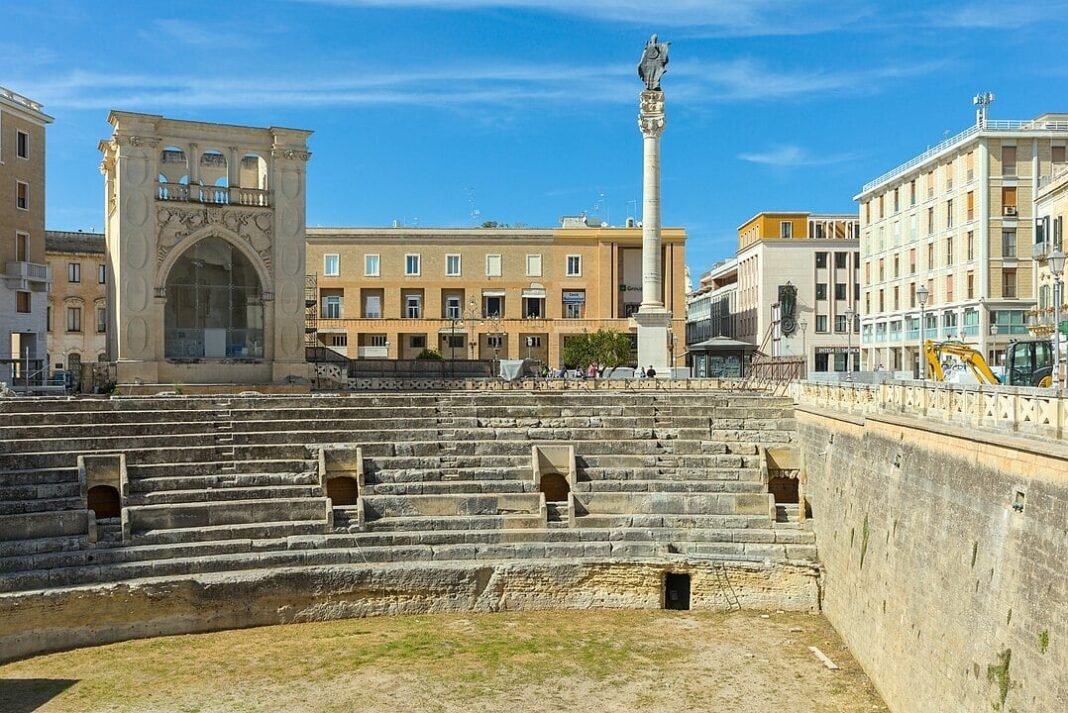
Archaeologists have uncovered six new inscriptions in Jesus’ language, Aramaic, at Zernaki Tepe, a 3,000-year-old ancient city located in the region that is now eastern Turkey’s Van Province. The discovery offers a rare glimpse into the Parthian-era presence in Eastern Anatolia and exposes traces of political and cultural conflict that once defined the region’s history.
Aramaic — the language spoken by Jesus and widely used across the Near East — served as the administrative and diplomatic language of the Achaemenid and Parthian Empires. The newly found inscriptions, carved into stone and defensive walls, confirm that Zernaki Tepe remained an active urban and political center during this period.
Some of the inscriptions were deliberately erased, suggesting power struggles and attempts by later rulers to remove traces of their predecessors.
A major urban center in ancient Anatolia
Located in the Erciş district’s Yukarı Işıklı neighborhood, Zernaki Tepe spans nearly 270 hectares, making it one of the largest ancient urban centers in Eastern Anatolia. Excavations have revealed oval-shaped bastions, basalt and limestone fortifications more than four meters thick, and a sophisticated drainage system built to expel water from inside the city’s walls.
Kaymakamımız Sn. Murat KARALOĞLU, Zernaki Tepe kazı alanını ziyaret ederek çalışmalar hakkında bilgi aldı.
Doğu Anadolu’nun tek ızgara planlı antik kentinde yeni Aramice kitabeler gün yüzüne çıkıyor! @karaloglu_murat #Erciş pic.twitter.com/rgMQMnPXMg
— Erciş Kaymakamlığı (@erciskaymakamlk) October 9, 2025
“This system shows a deliberate understanding of hydraulic engineering,” said Professor Rafet Çavuşoğlu, who leads the archaeological team at the site. “It’s clear that this was not a short-lived military base but a planned and sustainable urban settlement.”
From Urartians to Parthians: a city shaped by empires
Archaeological evidence suggests that Zernaki Tepe flourished after the collapse of the Urartian Kingdom between the 9th and 6th centuries BCE, when the Medes and later the Achaemenid Persians absorbed the region. By the Hellenistic period, under the Seleucid Empire, the city adopted a grid layout typical of classical Greek urban design.
When the Parthians expanded westward in the 2nd century BCE, they fortified the city, transforming it into a key frontier outpost linking Iranian and Anatolian territories.
Erased inscriptions tell a story of conflict
Professor Çavuşoğlu noted that three of the inscriptions had been intentionally scraped off, a sign of conflict or ideological transition. “Some of the inscriptions were intentionally scraped off,” he said. “This likely indicates inter-civilizational conflict or an effort by a later ruling power to erase the traces of the previous one.”
Experts believe these deliberate erasures may correspond to a later Roman-era reoccupation, when new authorities sought to impose their own cultural and religious identity. It was “a symbolic form of rewriting history — an act used by later powers to erase or neutralize the presence of their predecessors,” Çavuşoğlu added.
The site continues to reveal its secrets
District Governor Murat Karaloğlu emphasized the importance of the discovery. “With these six new inscriptions, the total number of Aramaic texts found here has reached fourteen,” he said. “We believe this area marks the monumental entrance to the ancient city, which could date back around 3,000 years.”
Excavations are being conducted under the supervision of the Van Museum Directorate, with academic consultancy from Professor Çavuşoğlu, dean of the Faculty of Letters and head of the Archaeology Department at Van Yüzüncü Yıl University. The project is supported by the Van Governor’s Office and the Erciş District Governorate.
Each newly unearthed inscription adds another piece to the story of Zernaki Tepe — a crossroads of civilizations where every erased word in stone still carries the faint echo of an empire that refused to be forgotten.


